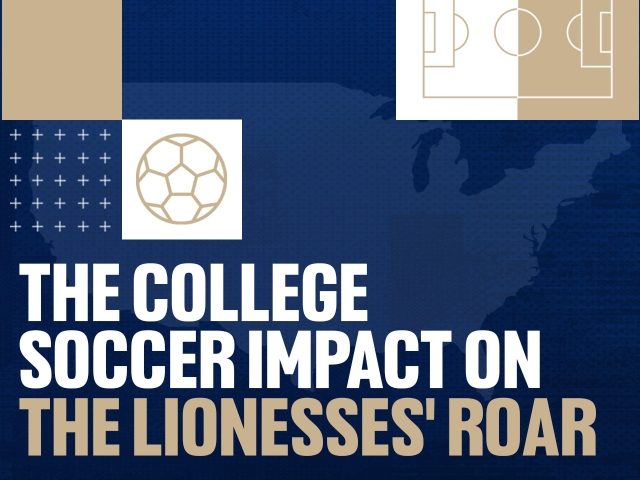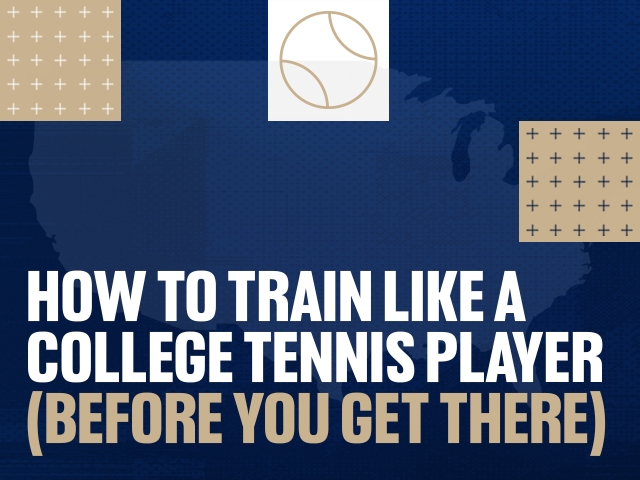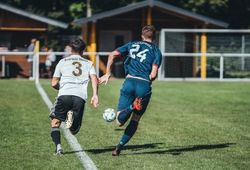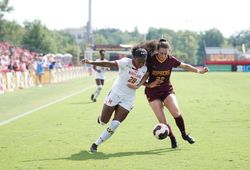Loving and playing the game can sometimes come at a price. Sporting injuries can range from pulled muscles and broken bones to hypothermia brought on by playing in cold weather!
There are three classifications to sports injuries :
- Accidental Injuries (due to weather etc)
- Overuse Injuries
- Chronic Injuries
No matter what injury you sustain, it will need time to heal. If you
act quickly when you are first injured, you can dramatically reduce the recovery time.
If your injury does not require medical treatment (eg. a mild sprain or other minor muscle or ligament damage) you can treat it at home using RICE therapy :
R.I.C.E
RICE is an acronym used by professionals to help treat most soft tissue injuries:
- REST - Avoid regular exercise and reduce your daily physical activity. Bleeding and further injury is reduced, stop what you are doing!
- ICE - Pain, swelling and blood flow is reduced. Apply an ice pack for 10-15 minutes every hour. A bag of frozen peas, or similar, will work well too. Wrap the ice pack in a towel to avoid it directly touching your skin and causing ice burn.
- COMPRESSION - Bleeding and swelling is reduced. Firmly bandage the injured area, but not too tightly as you could stop the blood flow. Use elastic bandages to limit swelling.
- ELEVATION - Swelling, throbbing and bleeding is reduced. Raise the injury above the heart.
After 48 hours of RICE therapy, stop compression and try moving the injured area. If, after this time, your symptoms are worse, seek advice from your GP.
PAIN RELIEF
Painkillers, such as paracetamol, can be used alongside non steroidal anti-inflammatory drugs, such as Ibuprofen, to help ease the pain caused by sprains and fractures, and help any swelling.
Asprin should not be taken by children under the age of 16, because it can trigger a condition called Reye's syndrome, which can cause brain and liver damage. Please use common sense when using pain relief, and NEVER exceed the daily recommended dose.
IMMOBILISATION
Immobilisation is a treatment used to prevent further damage by reducing movement. It also reduces pain, muscle swelling and muscle spasm, and speeds up the healing process by encouraging blood to flow directly to the injured area. A sling can be used to immobilise an arm or shoulder. A splint or cast made of plastic or fibreglass will protect injured bones and soft tissue.
PHYSIOTHERAPY
Physiotherapy involves using massage, manipulation and special exercises to improve the range of motion and return the function of injured areas to normal.
People who are recovering from a long term injury may benefit from a programme of walking and swimming to help strengthen the muscles in the affected area.
REHABILITATION
Rehabilitation is an important part of treating sports injuries. A rehabilitation programme aims to return the injured body part to normal function by gradually introducing it to movement and exercise.
With most sports injuries, it helps to move the injured part as soon as possible to help speed up the healing process. Gentle exercises should help to improve the area's range of motion. As movement becomes easier and the pain decreases, stretching and strengthening exercises can be introduced.
During the rehabilitation process, you should not attempt to do too much too quickly. Start by doing frequent repetitions of a few simple exercises before gradually increasing the amount that you do. Avoid painful activities and do not return to your sport until you have no pain, and full strength and flexibility have returned to the injured area.
H.A.R.M - How NOT to do it
HARM is an acronym used by professionals to describe things to avoid, certainly in the first 48 hours after injury :
- HEAT - Internal bleeding is increased.
- ALCOHOL - Swelling is increased
- RUN - Further injury will be caused by weight and impact
- MASSAGE - Internal bleeding is increased
Source : click here




